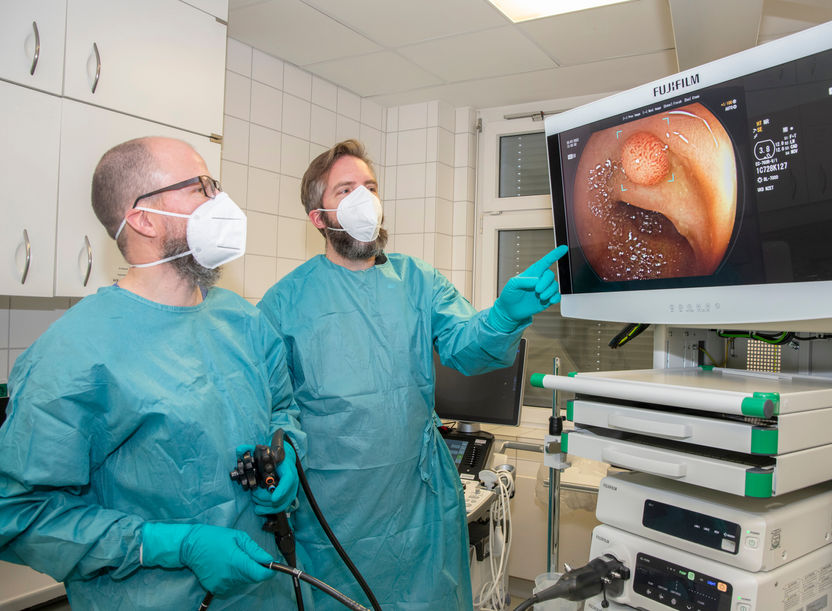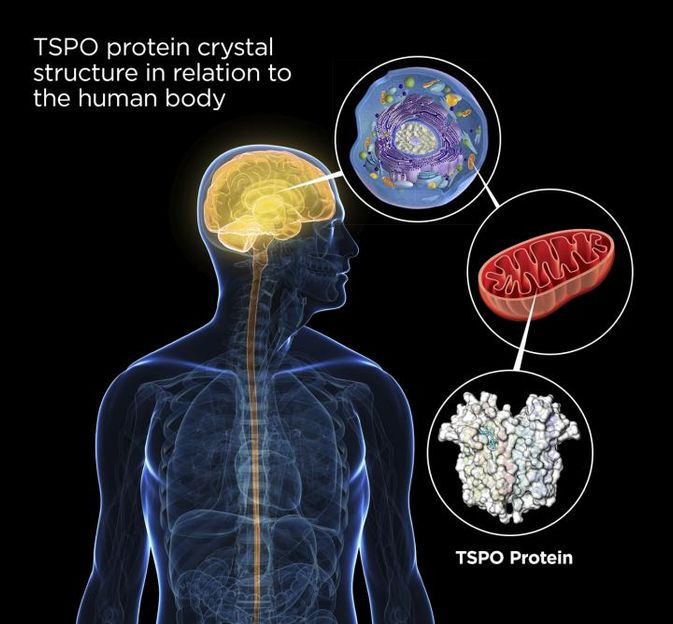Persistence pays off in solving hemophilia mystery, showing curiosity drives discovery
An Australian researcher has found the third and final missing piece in the genetic puzzle of an unusual form of hemophilia, more than 20 year after he discovered the first two pieces.
Professor Merlin Crossley, of the University of New South Wales, and his international team studied the blood-clotting disorder, hemophilia B Leyden, which is unusual because symptoms improve after puberty.
The results, published in The American Journal of Human Genetics, explain how more than half of the cases of this rare, hereditary bleeding disorder occur, and could help improve understanding of other conditions such as thrombosis.
The find also demonstrates the importance of curiosity-driven research, says Crossley, who is dean of science at UNSW.
"Science is advanced by people who get caught up in puzzles that are important to them and they never forget them. Curious investigators never give up," he says.
Crossley spotted the final genetic clue two years ago, when he was on an aeroplane, marking a young researcher's PhD project. Data in the thesis reminded him of his own PhD project on hemophilia B Leyden, carried out at the University of Oxford in the late 1980s.
People with the disorder have three different categories of mutations in the gene that produces clotting factor IX, which prevents excessive bleeding. Crossley was able to work out how two of them operate, while at Oxford.
He found the two sets of mutations prevent two key proteins from attaching to the DNA, which turns the gene off as a result. Symptoms improve in young men after puberty because a different protein that responds to the hormone testosterone is able to bind to the DNA and boost the gene's production of clotting factor IX.
Crossley, and many other researchers after him, tried to find the key protein associated with the third group of mutations, which accounts for more than half the cases of the disease, but it remained elusive. "Things moved on, but I never forgot," he says.
Two decades later, on the plane, he realised the young researcher was describing a DNA-binding site for a newly discovered protein that had a very familiar ring to it. "I remembered it. It was the same sequence as for the binding site for the third group of mutations," Crossley says.
He joined forces with others at UNSW, including Dr Alister Funnell, and researchers in the UK, New Zealand and Belgium, to show the newly identified protein, ONECUT, was the missing piece in the puzzle of hemophilia B Leyden, which affects about 80 families worldwide.
The original research allowed families to be informed that their children were likely to get better after puberty.
While the new research will not alter the method of treatment for people with hemophilia B Leyden, it could lead to new approaches to regulating genes in general for experimental, or ultimately, therapeutic purposes.
"Understanding the molecular regulation of the coagulation factor IX gene may aid in the development of therapies for other blood-clotting disorders such as thrombosis," says Funnell.
Most read news
Organizations
Other news from the department science

Get the life science industry in your inbox
By submitting this form you agree that LUMITOS AG will send you the newsletter(s) selected above by email. Your data will not be passed on to third parties. Your data will be stored and processed in accordance with our data protection regulations. LUMITOS may contact you by email for the purpose of advertising or market and opinion surveys. You can revoke your consent at any time without giving reasons to LUMITOS AG, Ernst-Augustin-Str. 2, 12489 Berlin, Germany or by e-mail at revoke@lumitos.com with effect for the future. In addition, each email contains a link to unsubscribe from the corresponding newsletter.
Most read news
More news from our other portals
Last viewed contents
Walter Reed Army Institute and Siam Life Science Develop New Gold Standard for Pharmacological and Toxicological Test Systems - Siam Life Science Secures Exclusive License For Unique Liver Cell Line From Walter Reed Army Institute Of Research

AI improves colorectal cancer screening in Lynch syndrome - Increase adenoma detection rate






















































